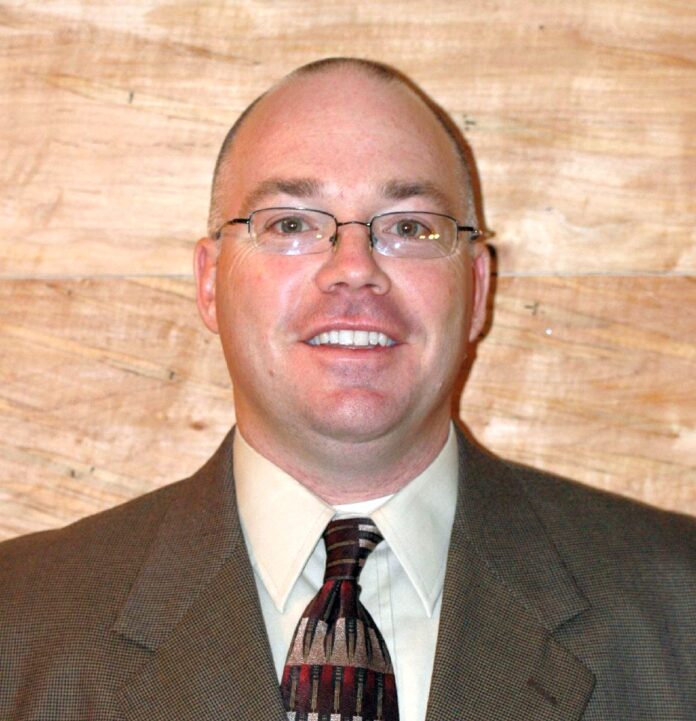By DAN SHAVER, guest columnist
When the pioneers settled Indiana, it was 85 percent forest. This forest varied by region of the state and was influenced by tornadoes, ice storms and fire that was primarily lit by Native Americans. Most of the forest would have been old, but there were also young forests and middle-aged forests. By the early 1900s, however, Indiana was down to only 5 to 7 percent forestland, and only a very small percentage of that was old-growth.
To have a discussion about old-growth forests, it’s helpful to know what defines an old-growth forest.
Scientists who study hardwood forests in our region have defined “old growth” as a forest “having overstory trees greater than 150 years old, little human-caused understory disturbance during the past 80 to 100 years, all-age structured, and a multi-layer canopy with dominant trees of 30 to 60 inches in stem diameter.” There has been a lot of confusion and misinformation surrounding the term “old growth.”
Unfortunately, since only a tiny amount of old-growth forest is left in Indiana today, any animal or plant that depended on old-growth forest is thought to have disappeared long ago. We still have species that prefer mature forest, but they don’t require old-growth forest.
Fortunately, we have over 180,000 acres of public land in the Brown County hills. Of this, more than 44,000 acres (Brown County State Park, the Deam Wilderness and the forested lands around Lake Monroe) should once again become old-growth, given enough time. This means that nearly 25 percent of public lands in this area have already been set aside from timber harvesting.
While old-growth forest is important, so is mature forest, teenage forest and very young forest. Eighty years ago, Indiana had an increasing amount of young forest, but today only about 4 percent of Indiana’s forests are less than 10 years old. People generally like older forests, but songbirds such as whip-poor-wills and yellow-breasted chats don’t like them so much. Breeding Bird Survey data from the U.S. Fish and Wildlife Service and the Indiana Breeding Bird Atlas Program from 1985 to 2011 has shown a 41.7 percent decline in early successional woodland species. Songbirds that need mature forest have declined as well, but not nearly as much.
Privately owned forests are important for forest conservation, but they are limited by brief ownership, smaller parcel size, and owner objectives that vary drastically. According to a recent publication by Purdue University’s Department of Forestry and Natural Resources, public forestlands “have the large area, stable ownership, and long-term mandate needed to be successfully managed for a wide range of forest conditions.” The publication goes on to say, “Therefore, public forests are better suited than private forestlands to create and sustain the wide range of forest conditions needed to maintain the ecological diversity.” This includes mature forest as well as young forest.
Every acre of forest cannot provide everything to all people. Nor can every acre of forest provide everything to every wild animal and plant. Some need a tangled, thorny, impenetrable thicket. Some need a mature, dry, oak woodland; some need a young oak woodland. Some need an old, shady beech-maple forest. And some need young, dense forests that you can hardly walk through. The species that depend on our forests have diverse needs that don’t always align with what some people might want.
As a society, we need to grow beyond managing our public lands only for what we like, and instead manage for what the forest and the species that depend on that forest truly need. The forest has been there for all of us. Maybe it is time we’re there for all of the forest, and not just the parts we like.
Dan Shaver is project director for The Nature Conservancy’s Brown County Hills Project. He can be reached at [email protected].





